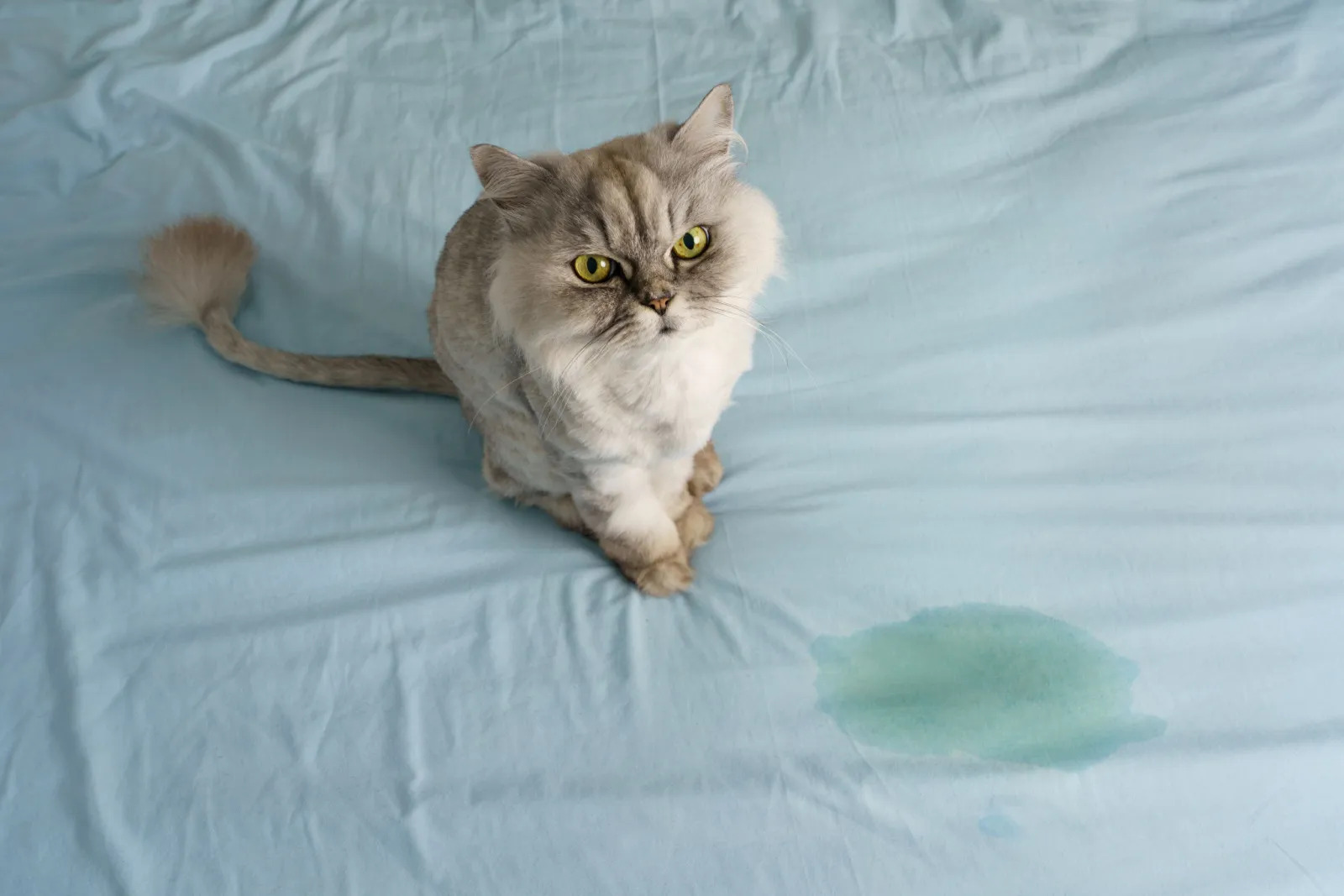

Articles
How To Stop Cat Peeing On Furniture
Modified: March 2, 2024
Stop your cat from peeing on furniture with our helpful guide. Learn effective strategies to prevent this unwanted behavior and keep your furniture clean and odor-free.
(Many of the links in this article redirect to a specific reviewed product. Your purchase of these products through affiliate links helps to generate commission for Storables.com, at no extra cost. Learn more)
Introduction
Cats are wonderful companions, bringing joy and comfort to our lives. However, one of the most frustrating behaviors that cat owners may have to deal with is when their feline friends start peeing on furniture. It can be quite distressing to come home to find your favorite couch or rug soaked in cat urine. Not only does this create an unpleasant odor and stain, but it can also damage your furniture and disrupt the harmonious atmosphere of your home.
Understanding the reasons behind a cat’s inclination to pee on furniture is crucial in order to effectively address and prevent this issue. Cats are naturally clean animals, and when they deviate from using their litter boxes, it usually indicates an underlying problem. It could be a medical issue, such as a urinary tract infection or bladder stones, or it could be a behavioral issue caused by factors such as stress, anxiety, or territorial marking.
In this comprehensive guide, we will explore various strategies to stop your cat from peeing on furniture. By establishing a proper litter box routine, choosing the right litter and litter box, keeping the litter box clean and appealing, addressing any medical or behavioral issues, using deterrents, providing environmental enrichment, and seeking professional help when needed, you can successfully resolve this frustrating problem.
Remember, every cat is unique, and what works for one may not work for another. It may take some trial and error to find the right solutions for your feline companion. Patience, consistency, and understanding are key when dealing with any unwanted behavior. With that in mind, let’s explore the steps you can take to put an end to your cat’s furniture peeing habit and create a harmonious living space for both you and your furry friend.
Key Takeaways:
- Understanding the reasons behind your cat’s furniture peeing is crucial. Address medical and behavioral issues, establish a proper litter box routine, and provide environmental enrichment to resolve this frustrating behavior.
- Seek professional help if needed. Consult a veterinarian or behaviorist for expert guidance. Use deterrents, maintain a clean litter box, and provide environmental enrichment to prevent furniture peeing.
Understanding the Reasons behind a Cat Peeing on Furniture
If your cat is consistently peeing on your furniture, it’s important to understand the underlying reasons behind this behavior. Cats are creatures of habit, and any deviation from their usual litter box routine can be a sign that something is amiss. By identifying and addressing the root cause, you can effectively resolve the issue and prevent future incidents.
1. Medical Issues: One of the primary reasons for inappropriate urination in cats is an underlying medical condition. Urinary tract infections, bladder stones, and even kidney disease can cause discomfort and lead to a cat’s preference for urinating on furniture. It is crucial to rule out any medical issues by consulting with a veterinarian. They can perform a thorough examination and run necessary tests to determine if there is an underlying health problem.
2. Behavioral Issues: Cats are highly sensitive animals, and changes in their environment or routine can trigger stress and anxiety. This can manifest in behaviors like furniture peeing. Common causes of behavioral issues include moving to a new home, the arrival of a new pet or baby, changes in the household dynamic, or even a lack of environmental enrichment. Understanding the specific triggers and providing appropriate solutions can help alleviate the behavior.
3. Territorial Marking: Cats are territorial creatures, and urine marking is their way of defining their territory. If your cat is peeing on furniture in specific areas, it could be an indication that they are marking their territory. This behavior is more common among unneutered or unspayed cats, but even spayed or neutered cats can engage in marking. Neutering or spaying your cat can help reduce territorial behaviors.
4. Litter Box Issues: Cats are meticulous about their litter box habits, and any problems with the litter box can lead to inappropriate urination. Issues such as a dirty litter box, an uncomfortable litter substrate, or an inadequate number of litter boxes in a multi-cat household can all contribute to the cat’s preference for furniture peeing. Ensuring a clean and inviting litter box environment is crucial to preventing this behavior.
Establishing a Proper Litter Box Routine
Now that you have a better understanding of why your cat might be peeing on furniture, it’s time to establish a proper litter box routine. Cats are creatures of habit, and they thrive in an environment that meets their natural instincts and preferences. By following these guidelines, you can encourage your cat to use the litter box consistently:
Establishing a Proper Litter Box Routine
A proper litter box routine is essential for ensuring that your cat consistently uses the litter box instead of resorting to peeing on furniture. Cats have specific preferences when it comes to their toileting habits, and by accommodating these preferences, you can create a conducive environment that encourages proper litter box usage. Here are some guidelines to help you establish a proper litter box routine:
1. Location: Choose an easily accessible and quiet location for the litter box. Cats prefer privacy when using the litter box, so avoid placing it in high-traffic areas or near loud appliances. Additionally, consider having multiple litter boxes if you have a multi-level home or multiple cats. Each litter box should be easily accessible to all cats in the household.
2. Number of Litter Boxes: The general rule is to have one more litter box than the number of cats in the household. For example, if you have two cats, you should ideally have three litter boxes. This ensures that each cat has enough litter box options and minimizes competition or territorial disputes.
3. Litter Box Size: Choose litter boxes that are large enough for your cat to comfortably move around in. If your cat is a large breed, opt for larger litter boxes. Cats should have enough space to turn around and dig in the litter without feeling cramped.
4. Litter Substrate: Cats have preferences when it comes to litter substrate. Most cats prefer unscented, clumping litter. However, some cats may have specific preferences for certain types of litter, such as silica, paper, or natural alternatives like pine or corn. Experiment with different types of litter to find the one that your cat prefers.
5. Litter Box Hygiene: Keep the litter box clean and odor-free. Scoop the litter box at least once a day, removing any clumps or waste. Regularly replace the litter entirely and clean the litter box with mild soap and water. Avoid using strong-smelling cleaners or disinfectants, as cats are sensitive to strong scents.
6. Litter Box Placement: Cats prefer their litter box to be placed away from their feeding area. Ensure that the litter box is placed in a separate area from where your cat eats. Cats have an instinctual aversion to eliminating near their food source.
By establishing a proper litter box routine, you can create a comfortable and appealing environment for your cat to use the litter box consistently. However, even with a proper routine, some cats may still have issues. In the next section, we will discuss how to choose the right litter and litter box to further encourage proper litter box usage.
Choosing the Right Litter and Litter Box
Choosing the right litter and litter box is essential for promoting proper litter box usage and preventing your cat from peeing on furniture. Cats have specific preferences when it comes to their toileting habits, and by providing them with the right litter and litter box, you can create an environment that encourages them to use the designated area. Here are some factors to consider when choosing the appropriate litter and litter box:
1. Litter Type: There are various types of cat litter available on the market, including clay, clumping, silica, paper, pine, and corn-based litters. Each type has its advantages and disadvantages. It is important to experiment with different options to determine which one your cat prefers. Consider factors such as odor control, dust level, texture, and environmental impact when selecting the litter type.
2. Odor Control: Cats have a highly developed sense of smell, so it’s crucial to choose a litter that effectively controls odors. Look for litters labeled as odor-neutralizing or specifically designed for odor control. Some litters contain additives or natural ingredients like baking soda to help absorb and eliminate odors.
3. Texture: Cats also have preferences when it comes to the texture of their litter. Some cats prefer a fine-grain texture, while others prefer a coarser texture. Pay attention to your cat’s reaction and pawing behavior when using different types of litter to determine their texture preferences.
4. Litter Box Type: Consider the size and design of the litter box. A litter box that is too small or uncomfortable can discourage your cat from using it. Opt for a litter box that is spacious enough for your cat to move around comfortably.
5. Covered or Uncovered: Cats have varying preferences when it comes to covered or uncovered litter boxes. Some cats prefer the privacy and containment provided by a covered litter box, while others may feel trapped or confined. Observe your cat’s behavior and choose the type that they are most comfortable with.
6. Easy to Clean: Choose a litter box that is easy to clean and maintain. Look for litter boxes with removable liners or easy-access doors for scooping and cleaning. The easier it is for you to keep the litter box clean, the more likely your cat will continue to use it consistently.
Remember, every cat is unique, and what works for one may not work for another. It may take some trial and error to find the right litter and litter box combination that suits your cat’s preferences. By understanding their preferences and providing a suitable litter and litter box setup, you can encourage proper litter box usage and reduce the chances of your cat peeing on furniture.
Read more: How To Stop A Cat From Peeing On Rugs
Keeping the Litter Box Clean and Appealing
Maintaining a clean and appealing litter box is crucial for encouraging your cat to consistently use it and preventing them from peeing on furniture. Cats are naturally clean animals, and a dirty or unappealing litter box can lead to avoidance behavior. By following these guidelines, you can ensure that the litter box remains a welcoming and hygienic space for your cat:
1. Scoop Regularly: The litter box should be scooped at least once a day to remove any clumps or waste. Cats prefer a clean surface to eliminate, and a dirty litter box can deter them from using it. Regular scooping also helps to control odor and maintain a fresh environment.
2. Full Litter Box Change: Completely replace the litter and clean the litter box on a regular basis. The frequency will depend on the type of litter you use and the number of cats in your household. It is generally recommended to replace the litter and clean the box every 1-2 weeks. Thoroughly wash the litter box with mild soap and water, ensuring that it is completely dry before adding fresh litter.
3. Avoid Strong Odors: Cats have a sensitive sense of smell, so it’s important to avoid using strongly scented cleaning products or deodorizers near the litter box. Stick to unscented litter and use mild cleaners when washing the litter box. Strong odors may discourage your cat from using the litter box.
4. Provide Enough Litter: Cats like to have a sufficient amount of litter in the box to dig and cover their waste. Aim to have at least 2-3 inches of litter in the box at all times. Adding an ample amount of litter will give your cat a comfortable and appropriate area for elimination.
5. Consider Automatic Litter Boxes: If you have a busy schedule or multiple cats, an automatic litter box may be a convenient option. These self-cleaning litter boxes can automatically remove waste, ensuring a clean litter box for your cat. However, it’s important to introduce your cat to the new litter box gradually to prevent any aversion or fear of the automatic mechanism.
6. Multiple Litter Boxes: In a multi-cat household, it’s essential to provide multiple litter boxes to prevent competition or territorial disputes. Each cat should have their own designated litter box, plus an extra one. Place the litter boxes in different areas of the house to offer each cat privacy and choices.
By keeping the litter box clean, odor-free, and appealing, you create an environment that entices your cat to consistently use the litter box. This, in turn, reduces the likelihood of them resorting to peeing on furniture. However, if your cat continues to exhibit inappropriate elimination behaviors, it may be necessary to address any underlying medical or behavioral issues, as we will discuss in the next section.
Clean the soiled area with an enzymatic cleaner to remove the scent and discourage re-marking. Provide multiple litter boxes and ensure they are cleaned regularly. Consider consulting a veterinarian to rule out any medical issues.
Addressing Any Medical or Behavioral Issues
If your cat is consistently peeing on furniture despite having a proper litter box routine and a clean environment, it is crucial to address any underlying medical or behavioral issues that may be contributing to this behavior. Cats may exhibit inappropriate elimination as a result of various factors, and addressing these issues is essential for resolving the problem. Here are some steps you can take to address medical and behavioral issues:
1. Consult a Veterinarian: If your cat’s inappropriate elimination behavior persists, it is vital to consult a veterinarian to rule out any medical conditions that may be causing this behavior. The veterinarian can conduct a thorough examination, run necessary tests, and provide a diagnosis or treatment plan if an underlying medical issue is detected. Urinary tract infections, bladder stones, and other medical conditions can cause discomfort and lead to inappropriate urination.
2. Provide Environmental Enrichment: Behavioral issues, such as stress or anxiety, can also contribute to a cat’s inclination to pee on furniture. Ensure that your cat has a stimulating and enriching environment to help alleviate any stress or boredom. Provide scratching posts, interactive toys, and perches where your cat can climb and observe their surroundings. Create a designated space for your cat where they can retreat and feel safe, such as a cozy bed or a cat tree.
3. Maintain a Routine: Cats thrive on routine and predictability, so establishing consistent daily routines can help reduce stress and anxiety. Feed your cat at the same time every day and provide regular play and cuddle sessions. Stick to a consistent litter box cleaning schedule and ensure that the litter box is in the same location. By maintaining a routine, you provide a sense of stability and security for your cat, which can help mitigate any behavioral issues.
4. Behavior Modification Techniques: If your cat’s inappropriate elimination behavior is due to territorial marking, implementing behavior modification techniques can be helpful. Neutering or spaying your cat can reduce territorial behaviors. Additionally, consider using pheromone sprays or diffusers, such as Feliway, which emit synthetic calming pheromones to create a sense of security and reduce stress-related behaviors. Consult with a professional animal behaviorist for guidance on specific behavior modification techniques tailored to your cat’s needs.
5. Positive Reinforcement: Use positive reinforcement techniques to encourage your cat to use the litter box consistently. Whenever your cat successfully uses the litter box, provide praise, treats, or a favorite toy as a reward. Avoid punishing or scolding your cat for inappropriate elimination, as this can worsen stress and anxiety, and may lead to further behavioral issues.
6. Seek Professional Help: In some cases, addressing inappropriate elimination behaviors may require the expertise of a professional, such as a veterinarian specializing in behavior or an animal behaviorist. They can conduct a thorough assessment of your cat’s behavior, provide a proper diagnosis, and develop a customized behavior modification plan to address the underlying issues.
Remember, addressing medical or behavioral issues takes time and patience. By working closely with your veterinarian and implementing appropriate strategies, you can help resolve the problem of your cat peeing on furniture and restore harmony in your home.
Using Deterrents to Prevent Furniture Peeing
If your cat has developed a habit of peeing on furniture, it’s essential to implement deterrents to discourage this behavior and redirect them to appropriate areas, such as the litter box. Deterrents can be effective in preventing your cat from repeating this unwanted behavior. Here are some methods and products you can use to deter your cat from peeing on furniture:
1. Scent Deterrents: Cats have a strong sense of smell, and certain scents can deter them from urinating on furniture. Spraying a scent deterrent, such as citrus spray or diluted vinegar, on the furniture can discourage your cat from approaching and marking the area. However, always test these deterrents on a small, inconspicuous area of the furniture to ensure that it doesn’t cause any damage or discoloration.
2. Motion-Activated Devices: Motion-activated devices can startle your cat when it approaches the furniture, effectively deterring them from peeing on it. These devices can emit a sudden noise, a burst of compressed air, or a spray of water when triggered by motion. Over time, your cat will associate the unpleasant experience with the furniture and learn to avoid it.
3. Aluminum Foil or Double-Sided Tape: Cats dislike the texture of aluminum foil and double-sided tape, making these simple items effective deterrents. Place aluminum foil or double-sided tape on the furniture surfaces that your cat is prone to peeing on. The uncomfortable texture will discourage your cat from jumping on the furniture and using it as a toilet.
4. Plastic Mats or Furniture Covers: Covering the furniture with plastic mats or furniture covers can create an additional deterrent for your cat. Cats generally dislike the texture and noise that these materials create when they walk or dig on them. The covers also provide an extra barrier between your cat and the furniture, preventing any urine from seeping into it.
5. Remote Training Devices: Remote training devices, such as noise-emitting devices or vibrating collars, can be used as a deterrent. When your cat approaches the furniture, activate the device to emit a noise or vibration that is unpleasant for them. This negative experience can discourage them from using the furniture as a peeing spot.
6. Provide Alternatives: Instead of focusing solely on deterrents, provide appealing alternatives to redirect your cat’s behavior. Ensure that you have multiple litter boxes placed in accessible areas. Experiment with different types of litter to find the one that your cat prefers. Offer attractive scratching posts and vertical spaces, such as cat trees or shelves, where your cat can engage in natural behaviors and mark territory appropriately.
Remember, deterrence is most effective when combined with positive reinforcement and creating a favorable environment for your cat. Reinforce positive behaviors, such as using the litter box, with praise, treats, or playtime. Consistency, patience, and understanding are key when using deterrents to train your cat and prevent furniture peeing.
Providing Adequate Environmental Enrichment
Environmental enrichment is an essential aspect of cat care that can greatly influence their behavior and overall well-being. By providing adequate environmental enrichment, you can help prevent furniture peeing by addressing your cat’s natural instincts and needs. Cats are curious and active animals that require mental stimulation and outlets for their energy. Here are some strategies for ensuring your cat’s environment is enriched:
1. Playtime and Interactive Toys: Engage in regular play sessions with your cat using interactive toys that simulate hunting behaviors. These toys can include wand toys, puzzle toys, or treat-dispensing toys. Playtime not only provides physical exercise but also mental stimulation, helping to alleviate stress and prevent boredom that may lead to inappropriate elimination.
2. Scratching Posts and Perches: Cats have a natural instinct to scratch, which helps them stretch their muscles and mark their territory. Provide sturdy and tall scratching posts or surfaces in different areas of your home. This will give your cat a proper outlet for their scratching behavior and help prevent them from using furniture as a substitute. Additionally, provide perches or elevated spaces where your cat can climb and observe their surroundings, as this appeals to their innate need for vertical territory.
3. Indoor Cat Garden: Create an indoor cat garden by placing cat-safe plants, such as catnip, cat grass, or spider plants, in pots around your home. This provides your cat with a natural and stimulating environment. Cats can explore, chew on the plants, and engage their senses, which can help reduce stress and encourage appropriate behaviors.
4. Window Perches: Position cat perches or comfortable beds near windows to allow your cat to observe the outside world. Watching birds, squirrels, and other outdoor activity can provide mental stimulation and satisfy their predatory instincts. Make sure the windows are secure and not accessible to escape outside.
5. Hiding Places: Create hiding places or cozy retreats for your cat to feel safe and secure. This can include providing covered beds, cardboard boxes with cut-out entrances, or even dedicated cat caves or tunnels. Hiding places give cats the opportunity to retreat and relax in a calm and secluded area, reducing stress and anxiety that may contribute to inappropriate elimination.
6. Rotation of Toys and Activities: Keep your cat stimulated by regularly rotating their toys and activities. Introduce new toys or rearrange their play area to provide novelty and prevent boredom. Cats can quickly lose interest in toys if they are constantly available, so by rotating them, you keep the toys exciting and engaging for your cat.
Remember, every cat is unique, so it may take some trial and error to determine which environmental enrichment strategies work best for your cat. By providing an environment that caters to their natural instincts and needs, you can help prevent furniture peeing and promote a happy and fulfilled feline companion.
Read more: How To Stop Cats From Peeing On The Carpet
Seeking Professional Help if Necessary
If you have tried various strategies to prevent furniture peeing and your cat’s behavior persists, it may be time to seek professional help. Consulting with a veterinarian or animal behaviorist can provide valuable insights and guidance to address the underlying issues contributing to your cat’s inappropriate elimination behavior. Here are some scenarios when professional help may be necessary:
1. Medical Issues: If you have ruled out behavioral factors but suspect an underlying medical condition, it is crucial to consult with a veterinarian. They can perform a thorough examination, conduct necessary tests, and provide appropriate treatment if a medical issue is detected. Some medical conditions, such as urinary tract infections or bladder stones, can cause discomfort and lead to inappropriate urination.
2. Chronic Behavioral Issues: If your cat’s inappropriate elimination behavior persists despite implementing various strategies, an animal behaviorist can provide professional insight. They can conduct a thorough assessment of your cat’s behavior, environment, and routines to identify any underlying behavioral issues. Based on their evaluation, they can develop a customized behavior modification plan tailored to your cat’s needs.
3. Multi-Cat Household Challenges: In households with multiple cats, inappropriate elimination issues can arise due to competition or territorial disputes. A professional animal behaviorist can help assess the dynamics among the cats and provide strategies to manage and resolve these challenges. They can suggest techniques to establish a harmonious environment and prevent furniture peeing.
4. Anxiety and Stress-Related Issues: Cats can exhibit inappropriate elimination as a result of anxiety or stress. A professional behaviorist can analyze the triggers and sources of stress in your cat’s environment and recommend behavior modification techniques. They may suggest environmental modifications, pheromone therapies, or other calming strategies to help reduce your cat’s anxiety levels.
5. Monitoring and Follow-Up: Seeking professional help can provide ongoing monitoring and follow-up support for your cat’s behavior. Behavior modification plans may require adjustments or fine-tuning over time, and having a professional’s guidance can ensure that you stay on the right track. They can provide additional advice and support to address any challenges that arise during the process.
Remember, seeking professional help shows your commitment to your cat’s well-being and a willingness to address their behavior in a compassionate and effective manner. With the guidance of a professional, you can gain valuable insights and develop a plan to successfully resolve your cat’s furniture peeing issue and create a harmonious living environment for both you and your feline companion.
Conclusion
Dealing with a cat peeing on furniture can be a frustrating and challenging experience for any cat owner. However, by understanding the reasons behind this behavior and implementing the right strategies, you can work towards resolving the issue and creating a harmonious living space for both you and your furry friend.
Start by establishing a proper litter box routine, providing a clean and inviting litter box environment, and choosing the right litter and litter box that suits your cat’s preferences. Keeping the litter box clean and appealing is essential to encourage your cat to use it consistently.
Address any medical or behavioral issues that may be contributing to the furniture peeing behavior. Consult with a veterinarian to rule out any underlying medical conditions and seek the assistance of an animal behaviorist if necessary. They can help identify triggers, develop behavior modification plans, and offer guidance specific to your cat’s needs.
Utilize deterrents, such as scent deterrents, motion-activated devices, or aluminum foil, to discourage your cat from urinating on furniture. Alongside deterrents, provide adequate environmental enrichment by offering playtime, scratching posts, hiding places, and other stimulating activities. This ensures your cat’s physical and mental needs are fulfilled, reducing the likelihood of furniture peeing.
If all else fails, don’t hesitate to seek professional help. Veterinarians and behaviorists can provide expert advice and support to address complex or chronic issues. They can offer guidance, monitor progress, and make necessary modifications to behavior modification plans.
Remember, each cat is unique, and finding the right solutions may require patience and trial and error. Stay consistent, remain positive, and provide love and support to your cat throughout the process. With time, understanding, and the right strategies in place, you can put an end to your cat’s furniture peeing habit and create a peaceful and thriving environment for both you and your beloved feline companion.
Frequently Asked Questions about How To Stop Cat Peeing On Furniture
Was this page helpful?
At Storables.com, we guarantee accurate and reliable information. Our content, validated by Expert Board Contributors, is crafted following stringent Editorial Policies. We're committed to providing you with well-researched, expert-backed insights for all your informational needs.
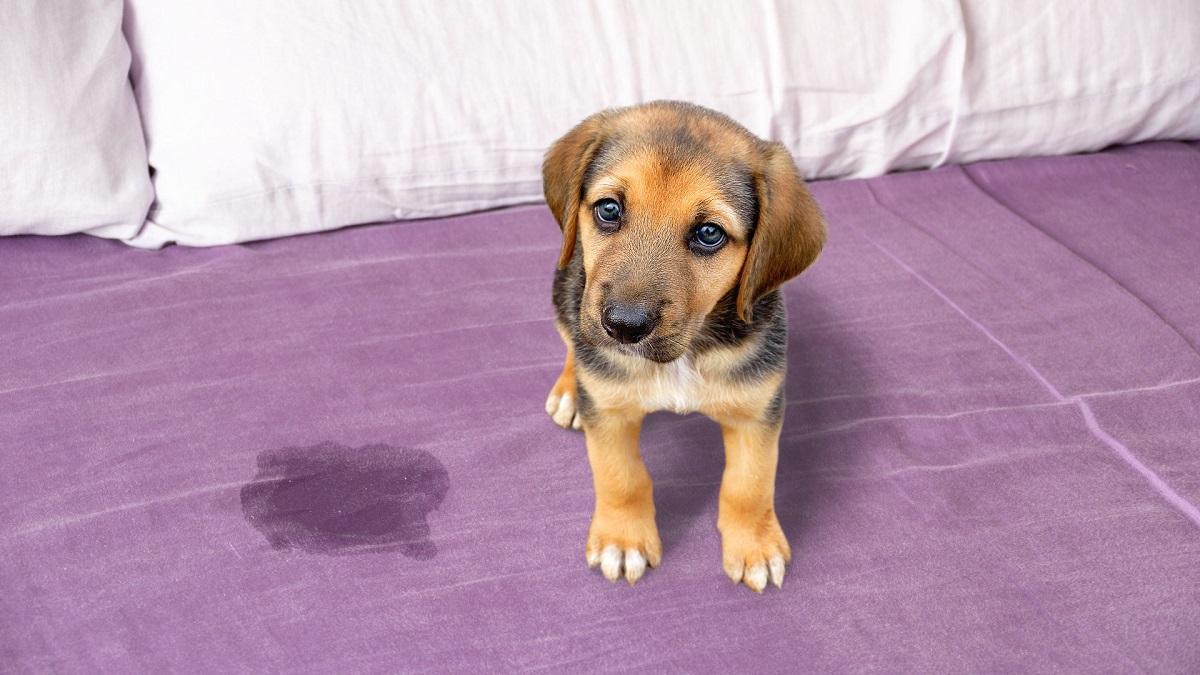
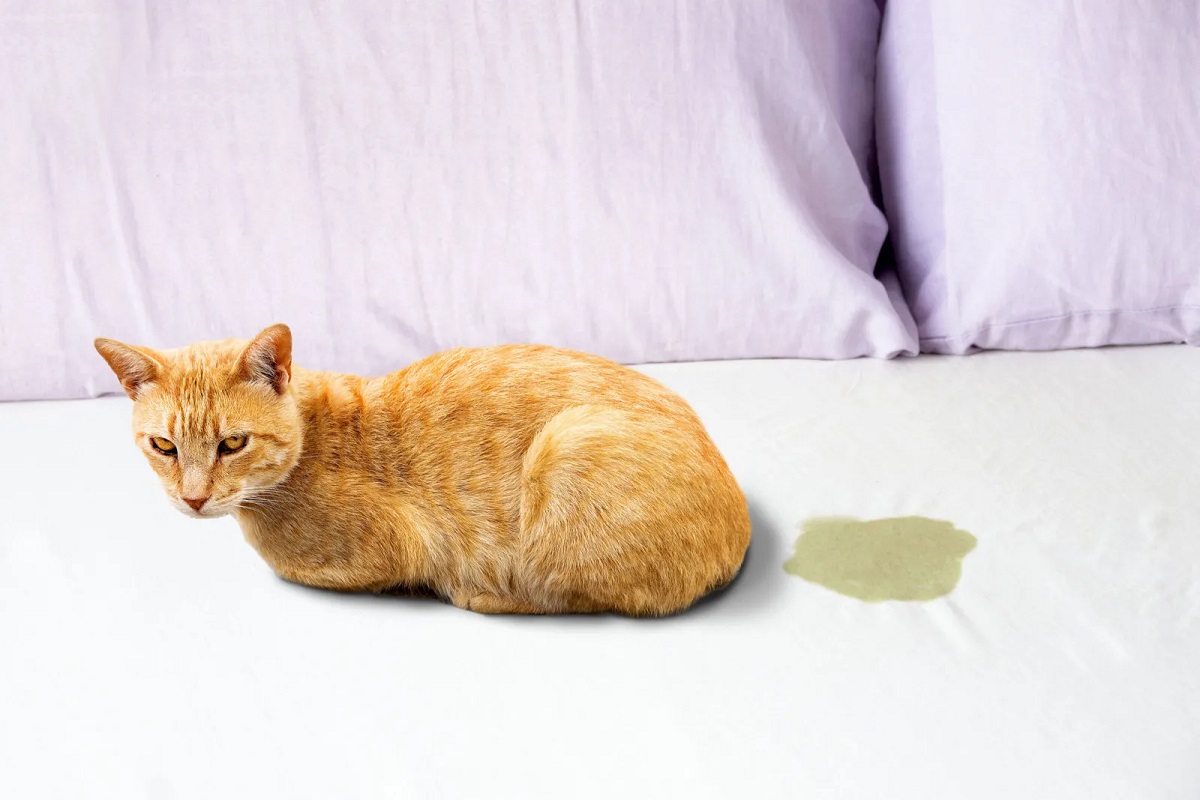
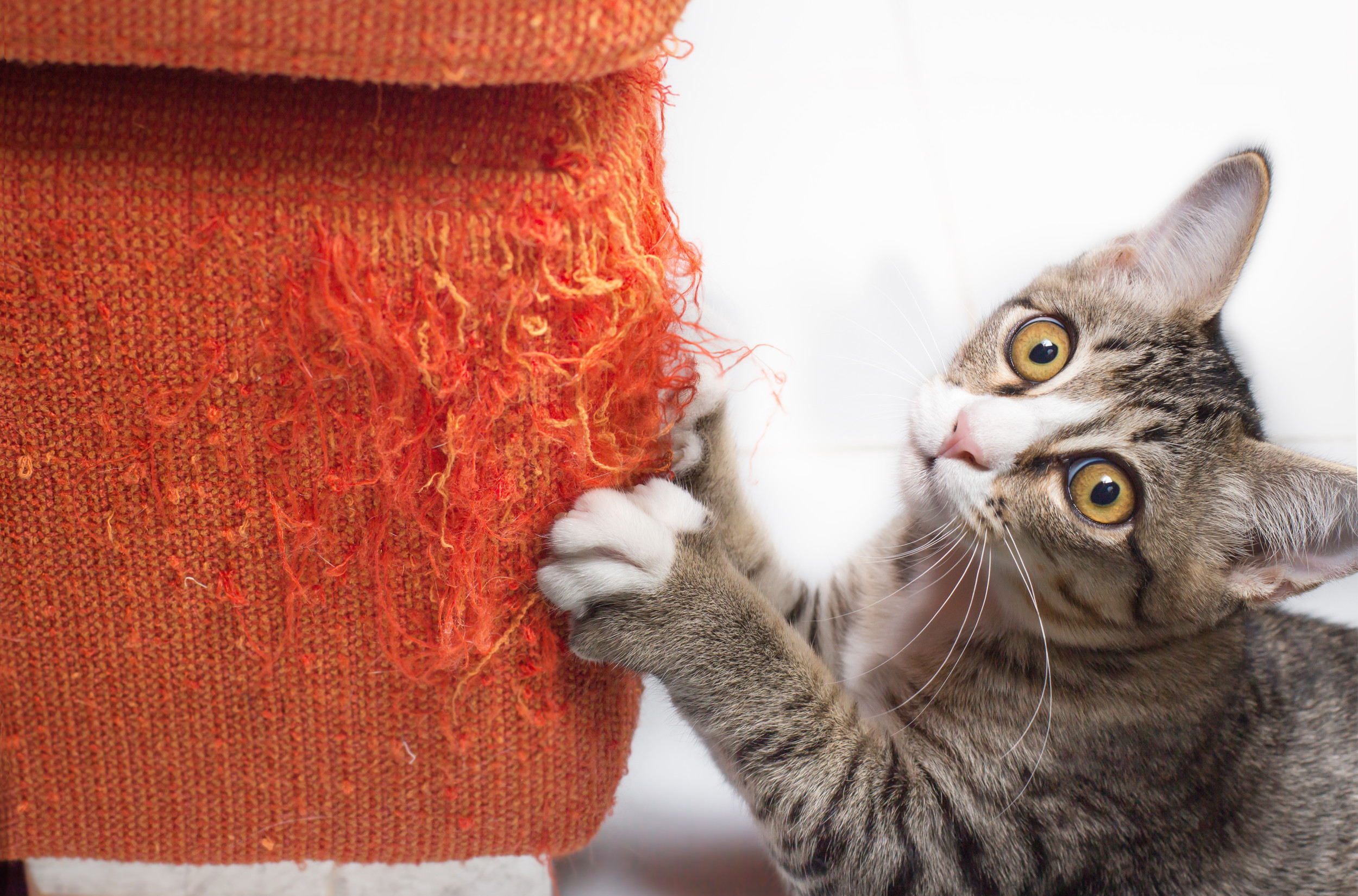
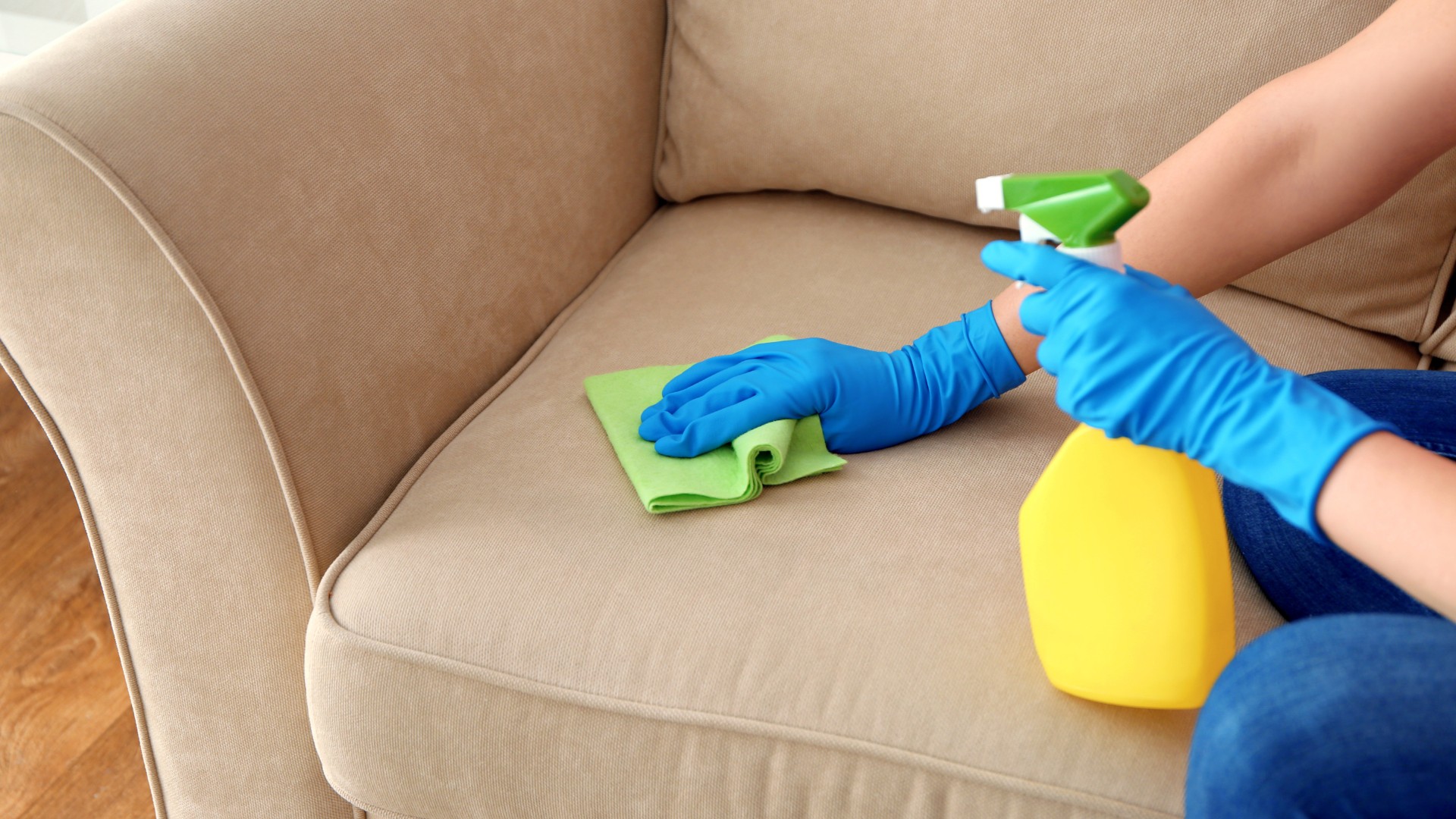
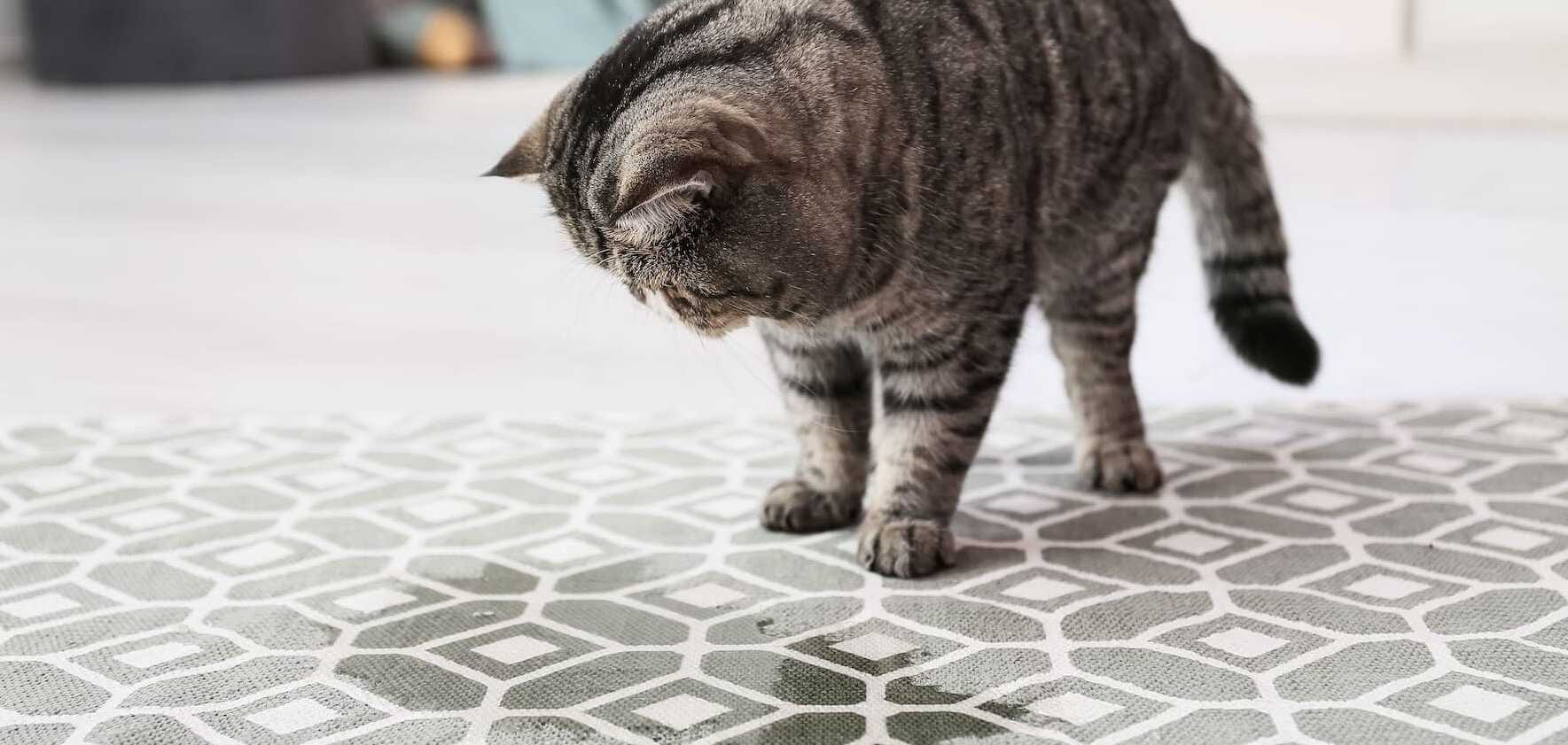
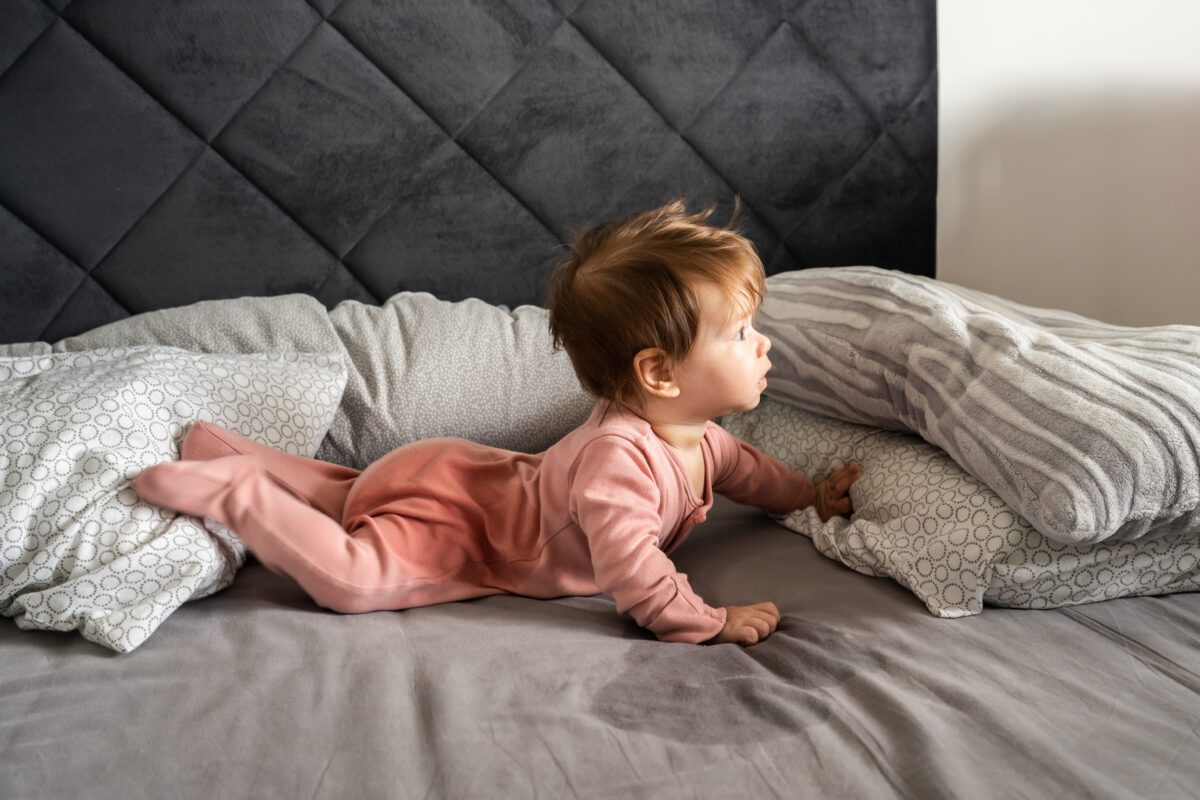
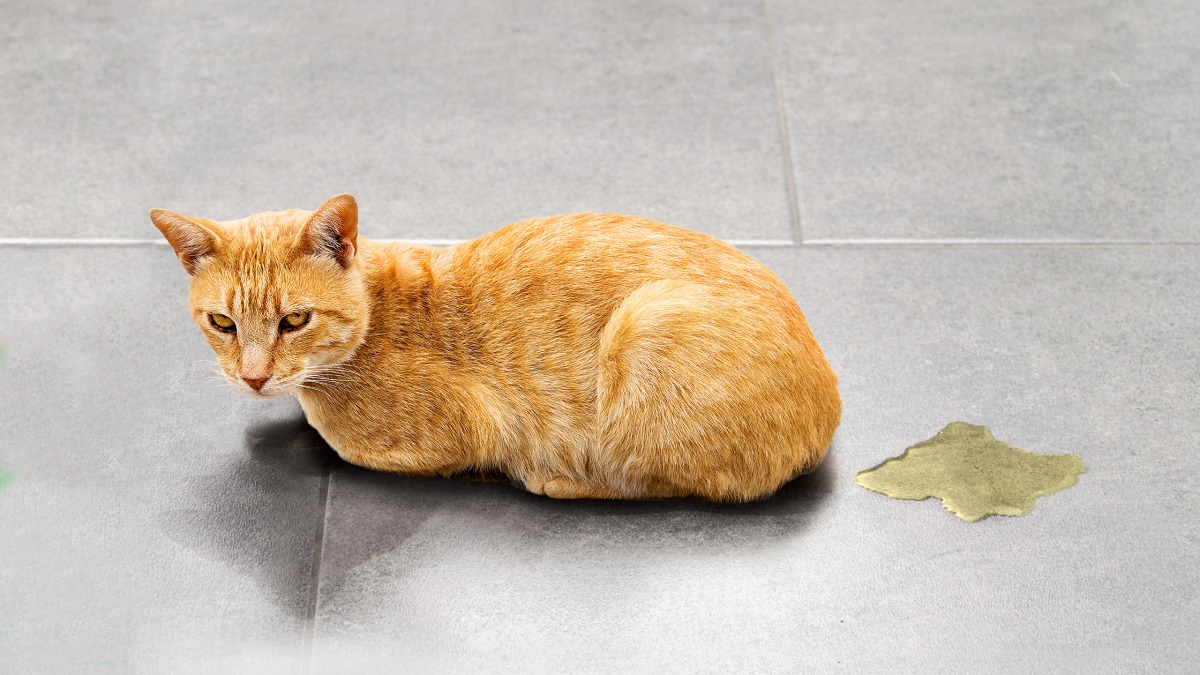
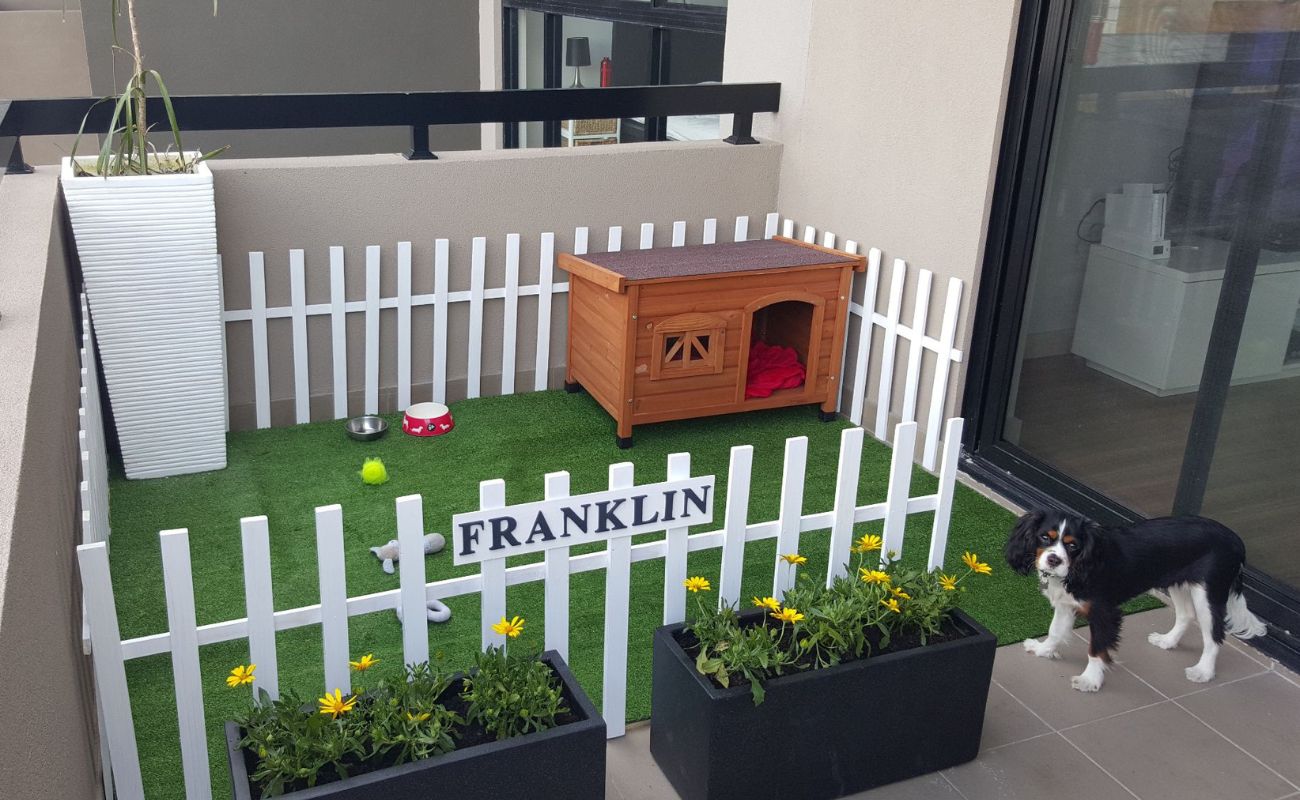
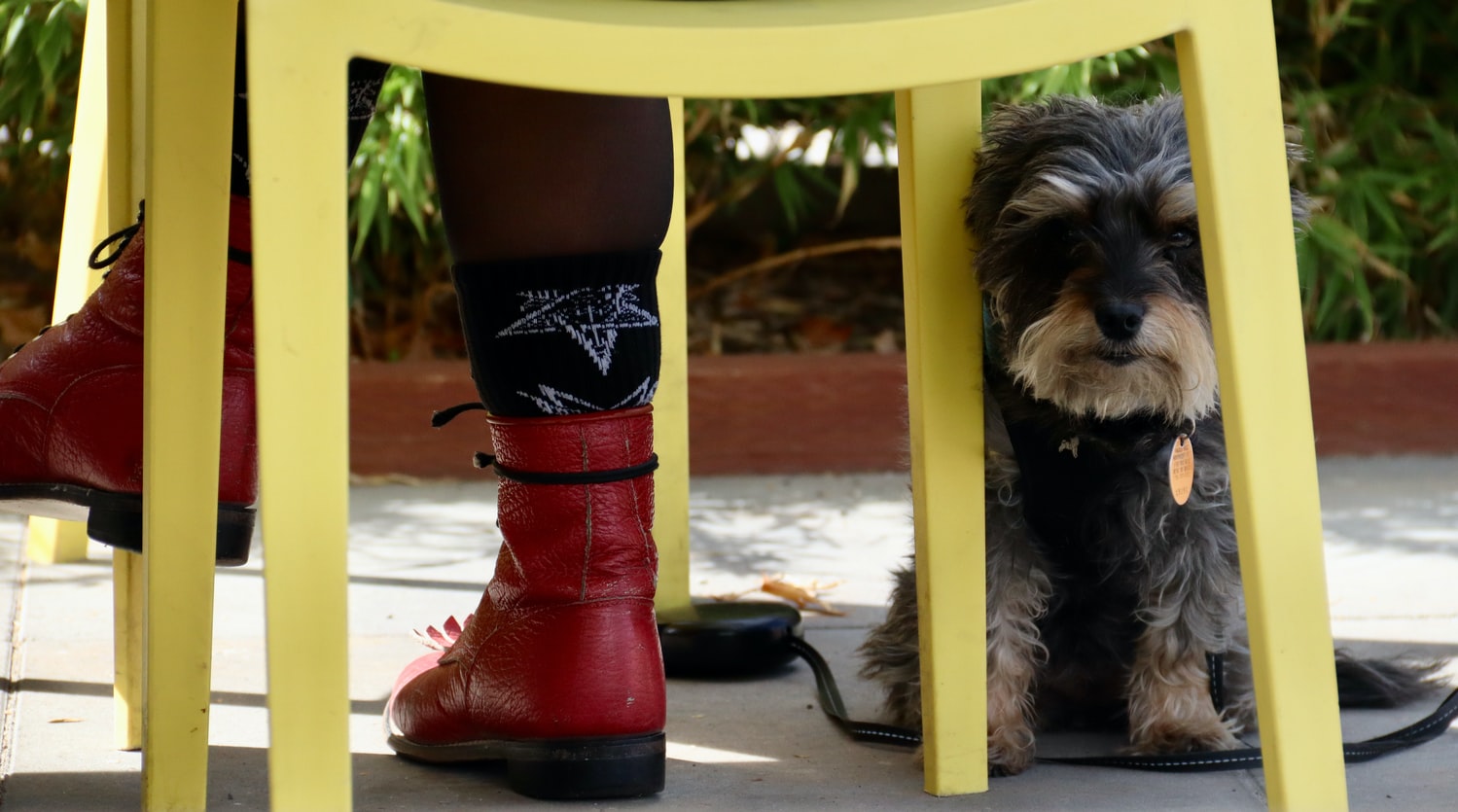
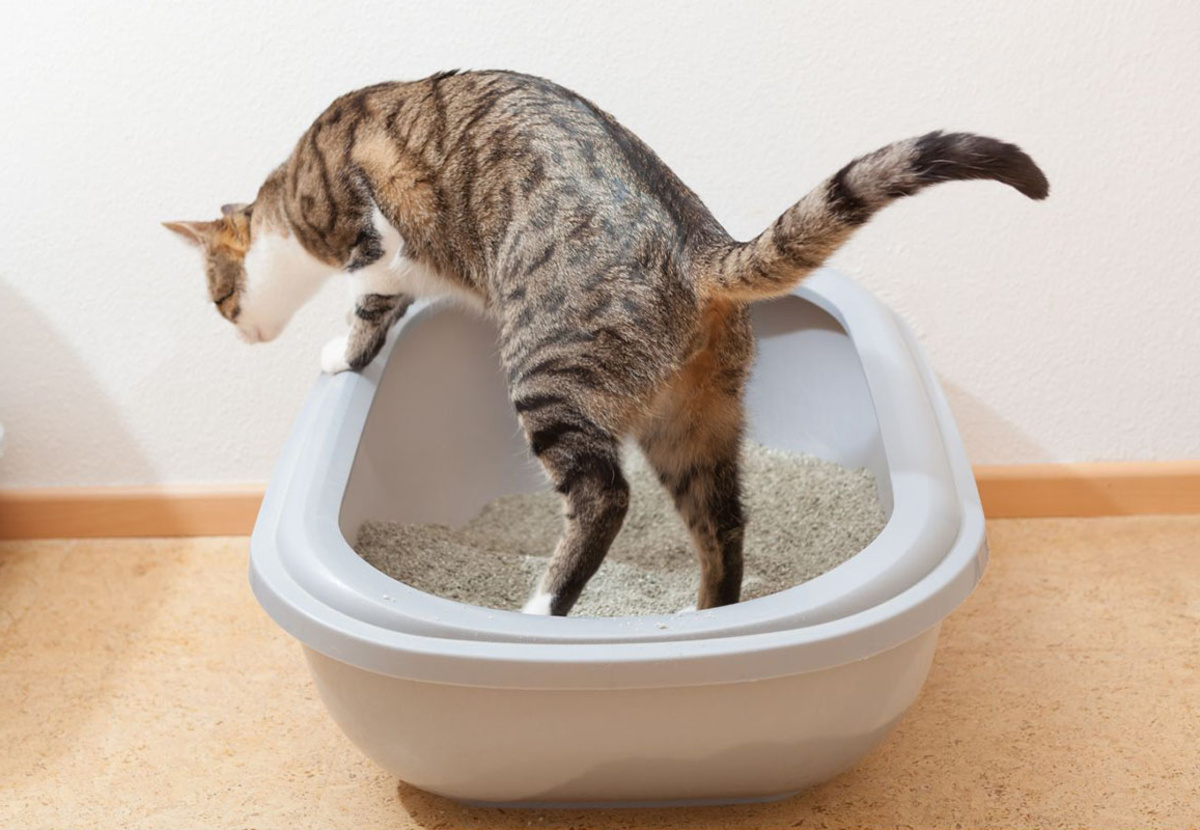
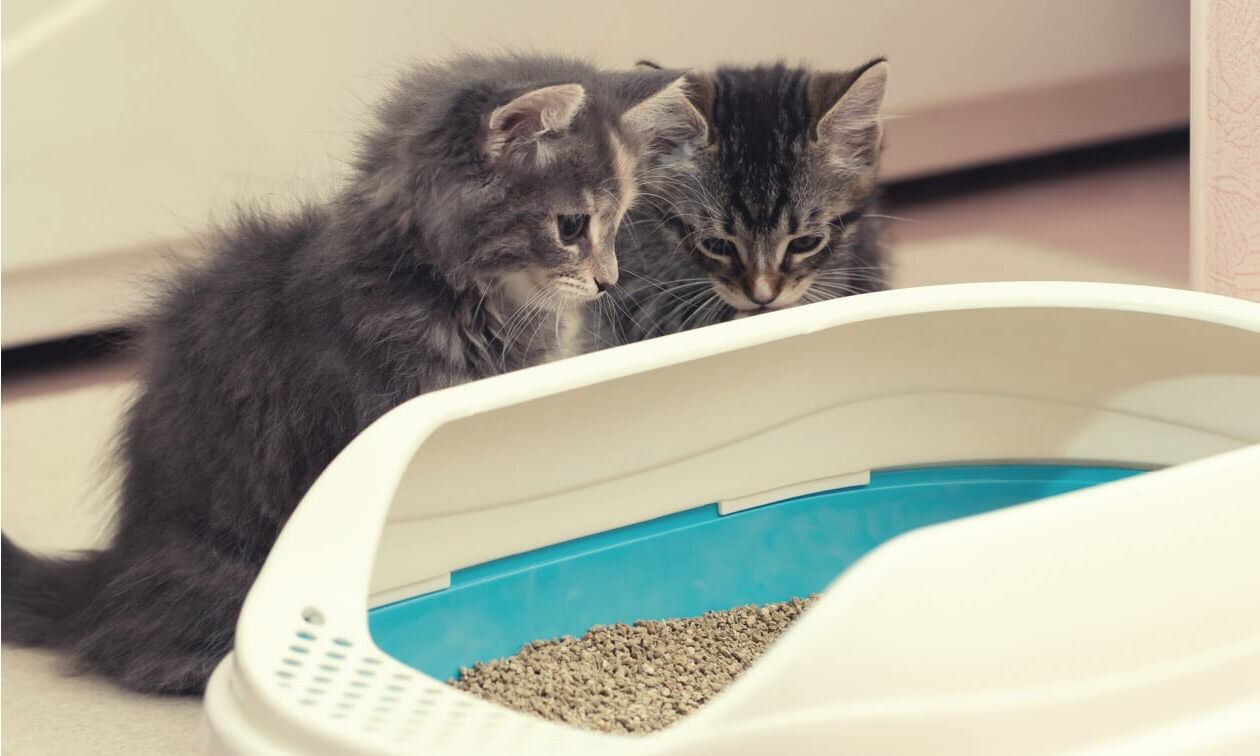
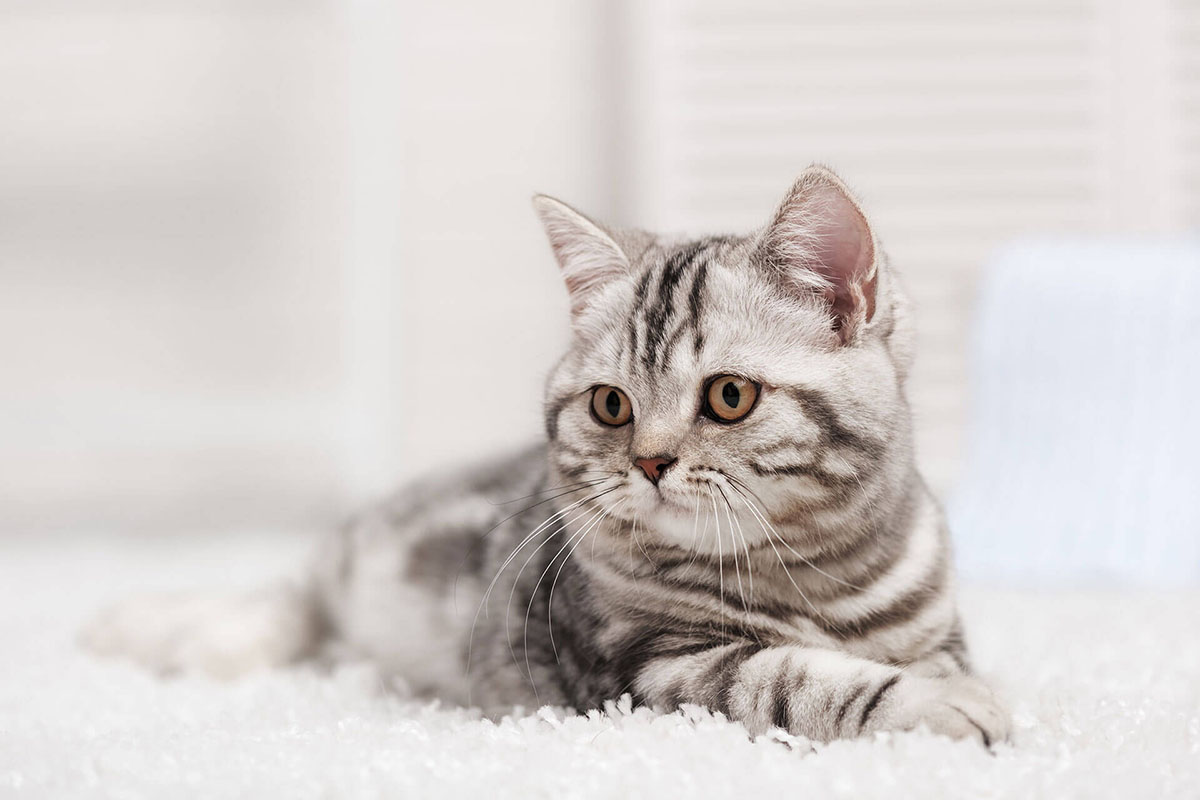
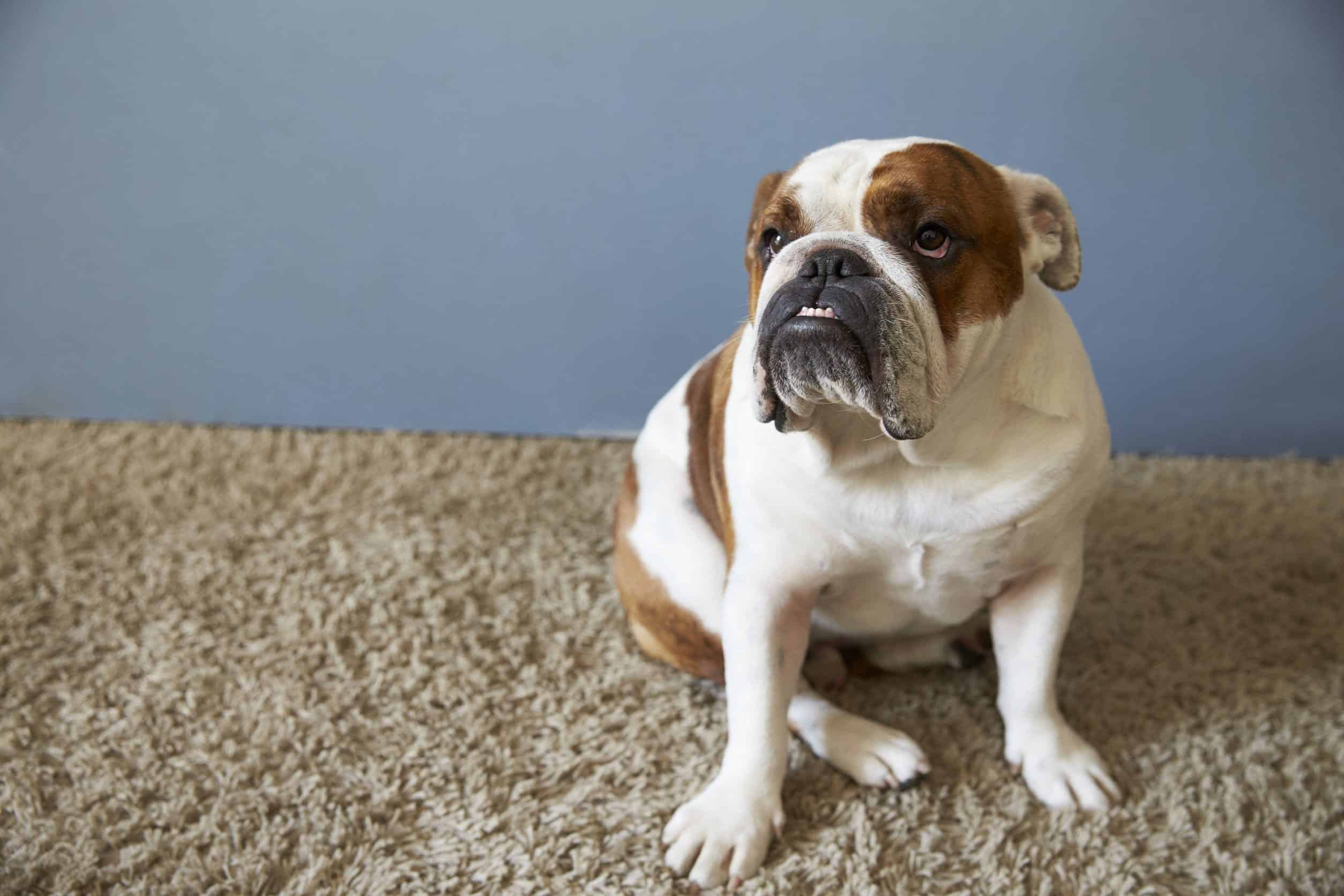

0 thoughts on “How To Stop Cat Peeing On Furniture”